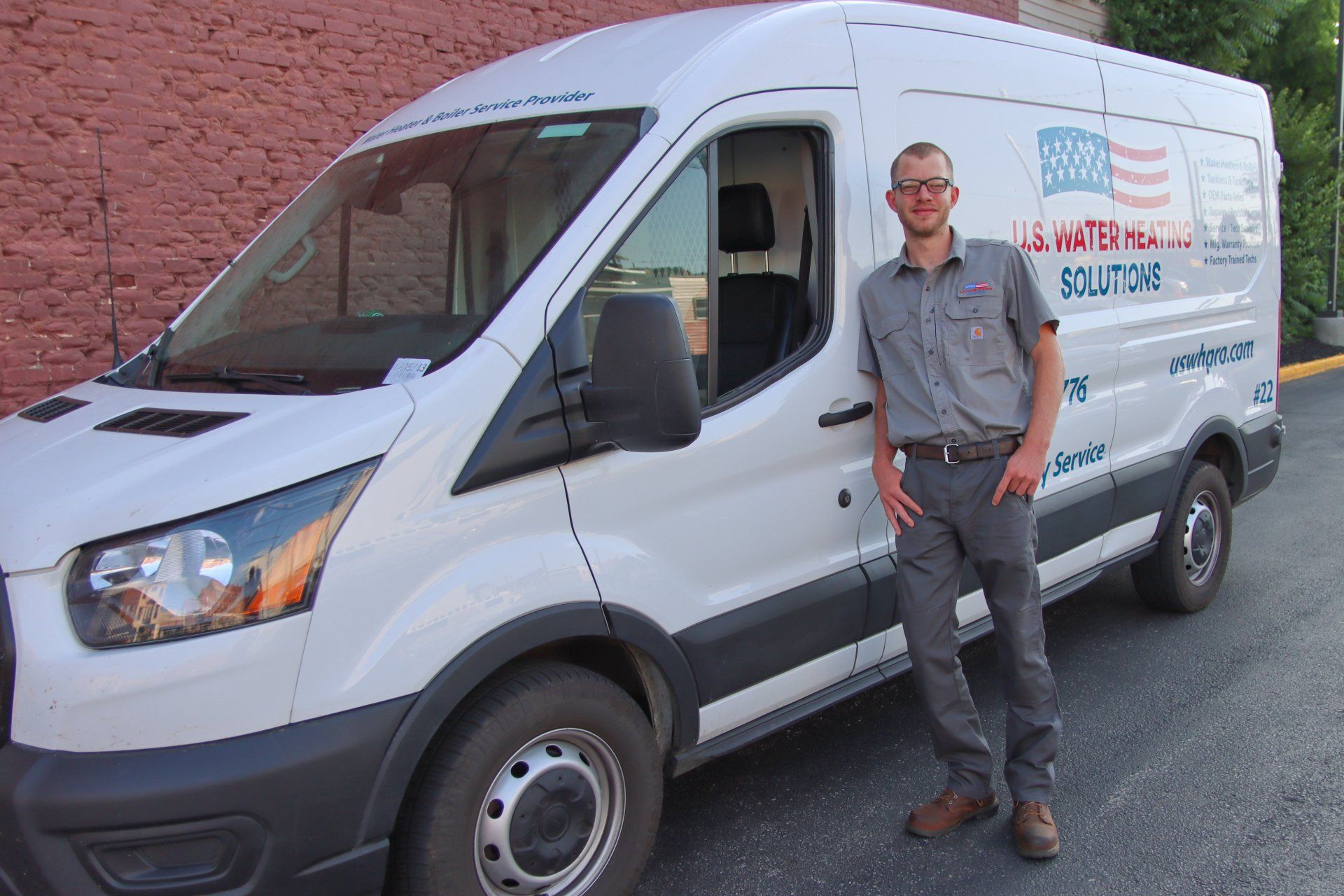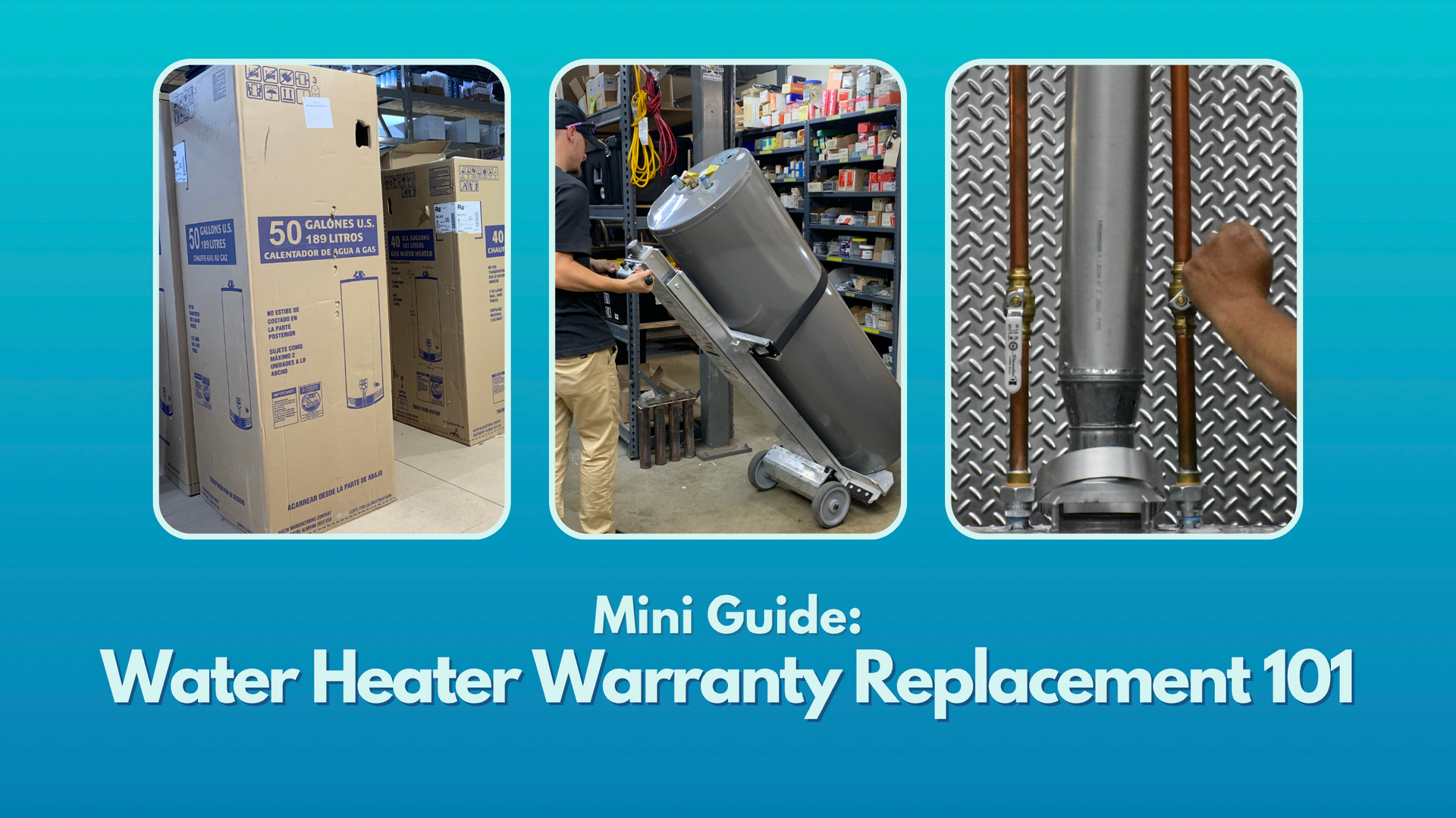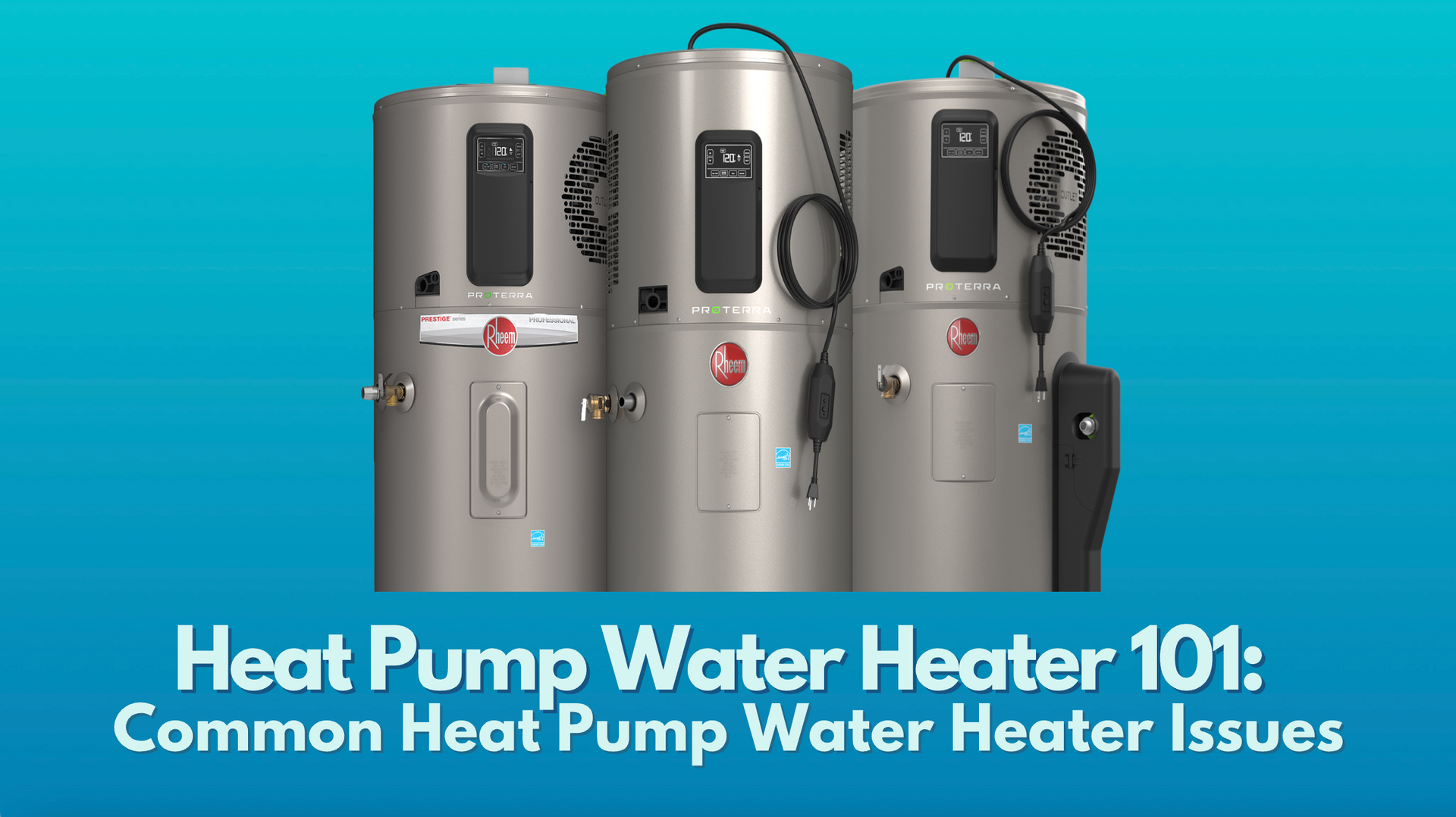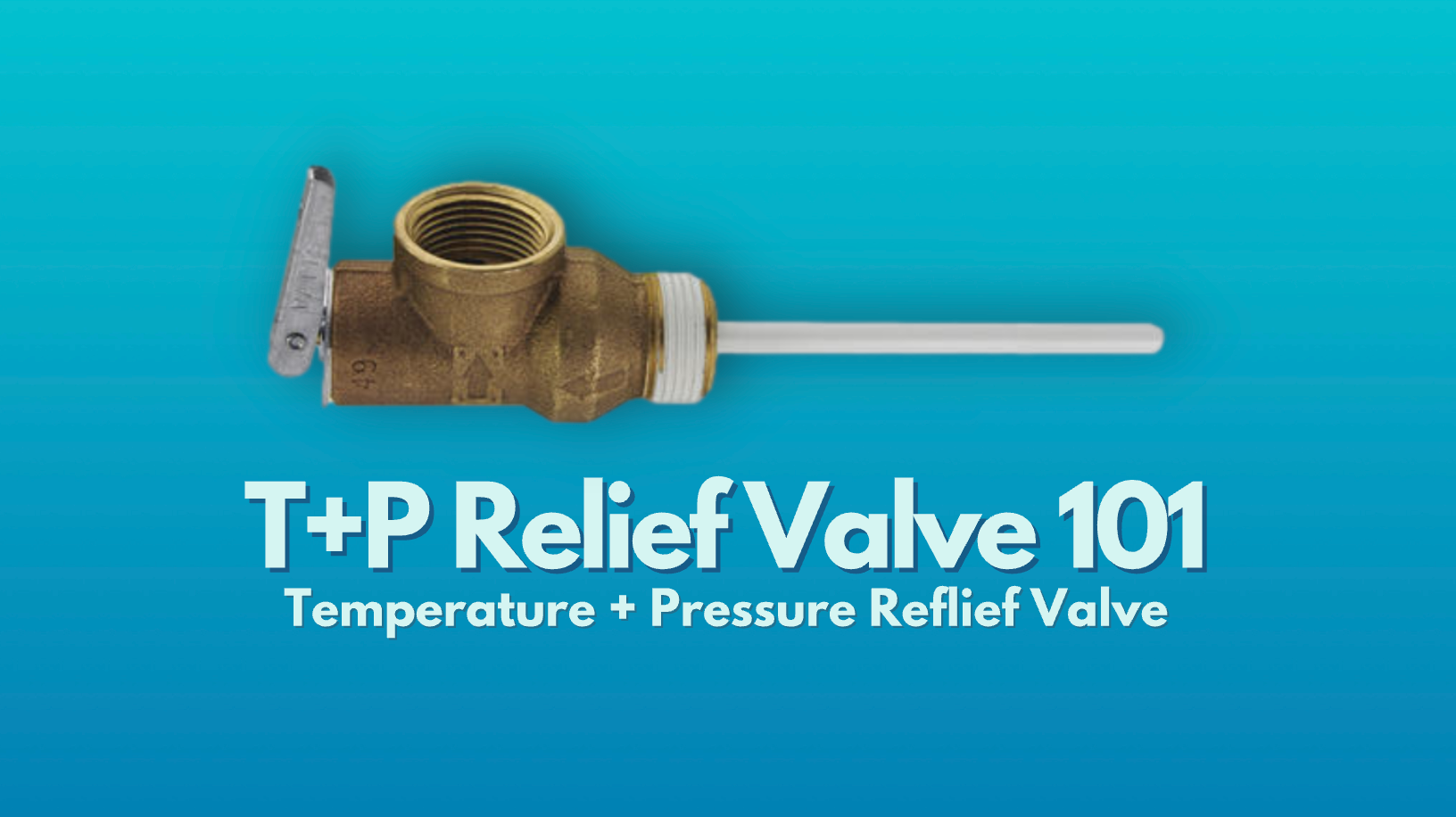How to Adjust the Temperature on a Water Heater
Last Updated: 11 July 2023
***DISCLAIMER: PLEASE REFER TO YOUR MANUFACTURER’S INSTALLATION MANUAL FOR INFORMATION REGARDING YOUR SPECIFIC MODEL. IF YOU ARE ATTEMPTING TO SERVICE YOUR OWN HEATER, PLEASE DO SO WITH CAUTION; U.S. WATER HEATING SOLUTIONS, LLC. AND THE OTHER ORGANIZATIONS MENTIONED BELOW ARE NOT RESPONSIBLE FOR ASSOCIATED LIABILITIES. THIS ARTICLE IS MEANT TO PROVIDE AN INFORMATIVE AND EDUCATIONAL SUMMARY AND DOES NOT SUPERSEDE OFFICIAL WATER HEATER REPAIRS OR MANUFACTURER INFORMATION.
How to Adjust the Temperature on a Water Heater
Hot water and steam can scald the skin, but cool water is not always sufficient for cleaning or kill harmful bacteria. That’s why it’s important to have your hot water heater produce water at the right temperature.
When your water heater thermostat isn’t set to the temperature you want, you’ll need to adjust it. Sometimes, adjusting the temperature on a water heater is easy. Other times, it requires a bit more tech know-how. Learn how to change the temperature on your water heater.
Optimal Hot Water Temperature
The
Consumer Product Safety Commission (CPSC) encourages homeowners to keep their water heater temperature setting at
120
degrees. However, the ideal temperature depends on numerous factors.
Higher temperatures can lead to scalding.
Exposure to water 150 degrees can produce a third degree burn in just
two
seconds
for an adult. Higher hot water temperatures also require the unit to work harder, meaning higher energy costs every month. Finally, higher temperatures also create more pressure inside of the tank, which can contribute to increased
thermal expansion, ultimately causing prematurely damage to the tank.
It's also important to remember that hot water kills bacteria, so higher temperatures are sometimes necessary, especially in commercial settings. Furthermore, hot water may lose some of the heat as it travels to its destination, especially if the pipes don't have adequate insulation.
Since 1998, most water heaters cap the temperature at either 120 or 140 degrees for safety reasons.
Commercial water heaters generally allow for higher temperatures than residential water heaters, as they are often found in restaurants, food processing centers, and other businesses that follow strict health and safety guidelines. Learn about your water heater’s max temperature by reading through the owner manual before you attempt to change it.
Are water heater temperature adjustments covered by warranty?
Short Answer: In most cases, water heater temperature adjustments are NOT covered by warranty.
Long Answer + Explanation: Many water heater manufacturers do NOT cover temperature adjustments under warranty because the purpose of a warranty is to provide the end user/purchaser with peace of mind in the event that there was a manufacturing issue with their unit. Temperature adjustments are considered outside the realm of repair because they do not require on site diagnostics, rather they typically require adjusting a knob/pressing buttons and reading the installation manual.
When Water Heater Temperature Adjustment Might Be Covered Under Warranty:
If, however, your unit's temperature cannot be adjusted, this issue may be covered by your water heater's warranty because it is likely the result of a worn or malfunctioning part. This issue is more common with tank type electric water heaters, whose thermostats' (t-stats') knobs may become stuck at a certain temperature when the spring inside is worn by general use or condensation. In these cases, the temperature knob may be stuck in one position or the knob may move, but the output temperature may not increase/decrease; it is also important to note that lack of change in output temperature may be the result of other issues with your water heater or plumbing system.
I'm Not Sure if I Need a Temperature Adjustment or to File a Warranty Claim:
If you are concerned that your water heater may be experiencing a temperature adjustment related issue that may not be covered under warranty, we recommend contacting your water heater manufacturer's technical support. Regardless of whether your water heater is currently covered by a full labor and parts warranty, parts warranty only, or is out of warranty, technical support can assist you with a walk through of temperature adjustment and basic troubleshooting for free. This way, you can ensure you have taken the proper steps to adjust the temperature without investing in water heater repair.
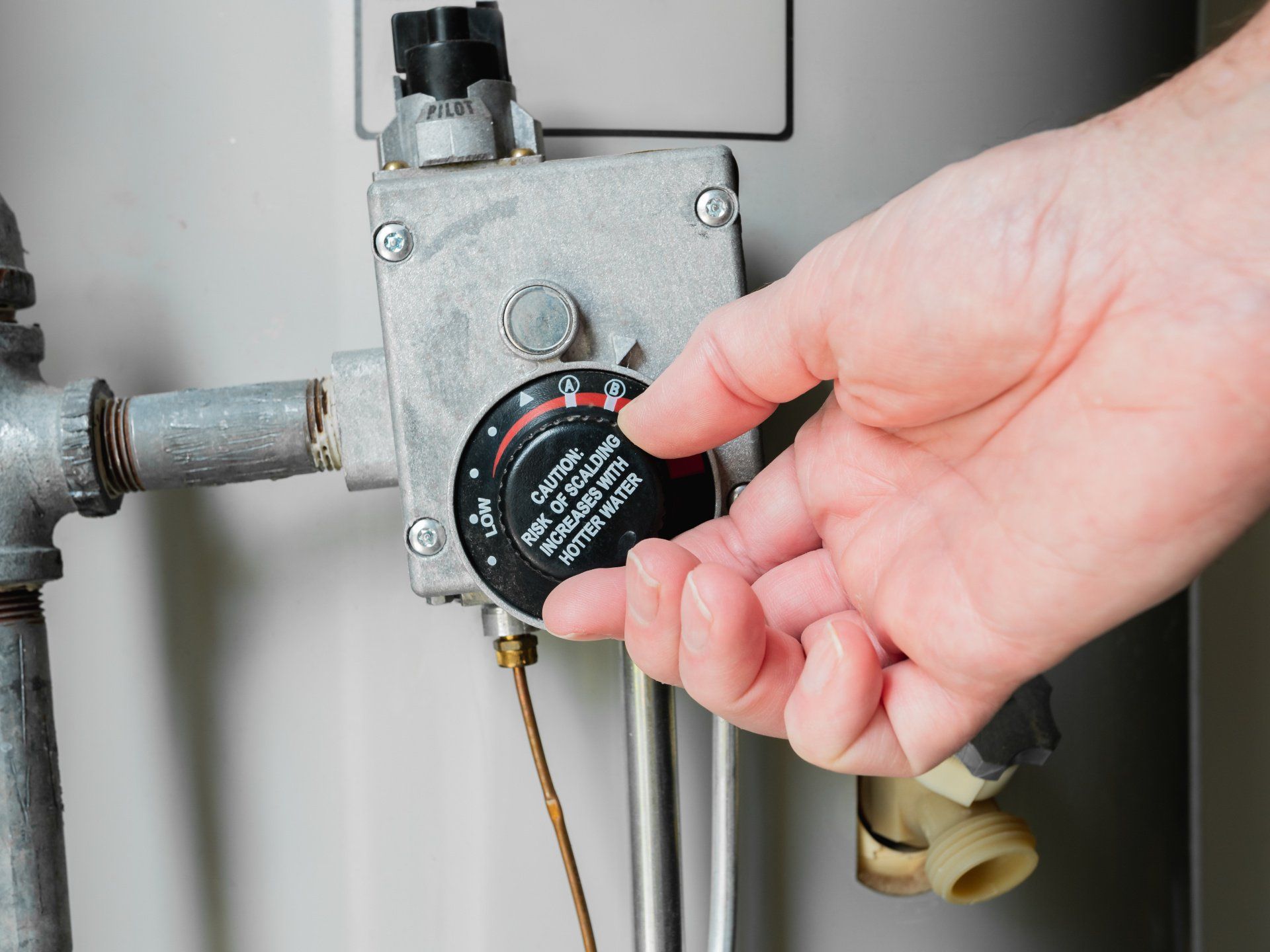
How to Adjust Your Water Heater's Temperature
Adjusting the Temperature on an Electric Water Heater
For a traditional electric hot water tank, start by turning off power to the water heater.
You will find the thermostat in the access panel after opening the cover plate. There may be insulation in front of the thermostat when you open the access panel. Simply move the insulation aside for the time being so that you can see the thermostat.
Using a flathead screwdriver to enter the slots on the thermostat, you will adjust the setting to the desired temperature by using the screwdriver to turn the dial inside of the thermostat. Remember that a small change goes a long way!
Electric water heaters have two thermostats - one for the
upper element and one for the lower element. Remember to adjust both thermostats.
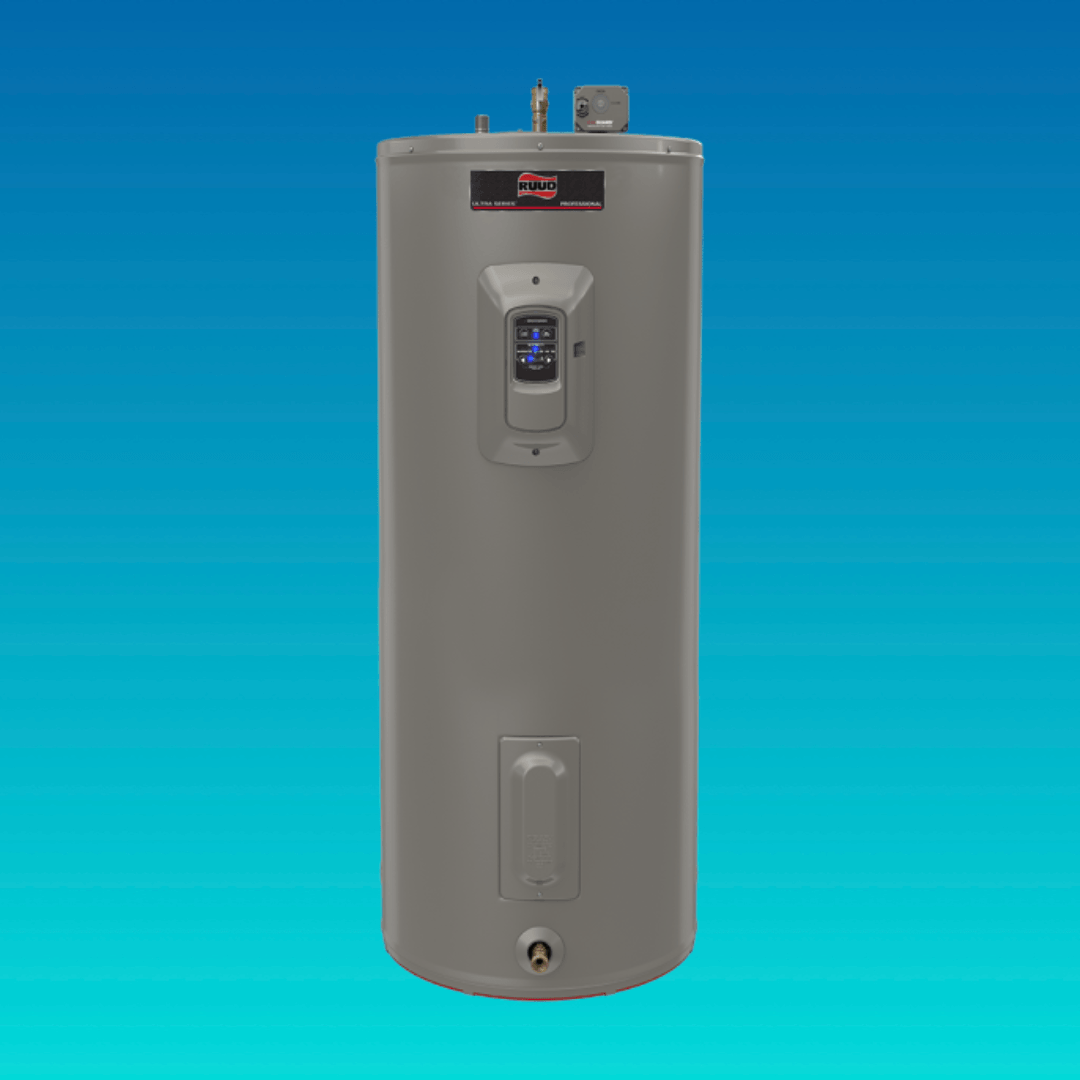
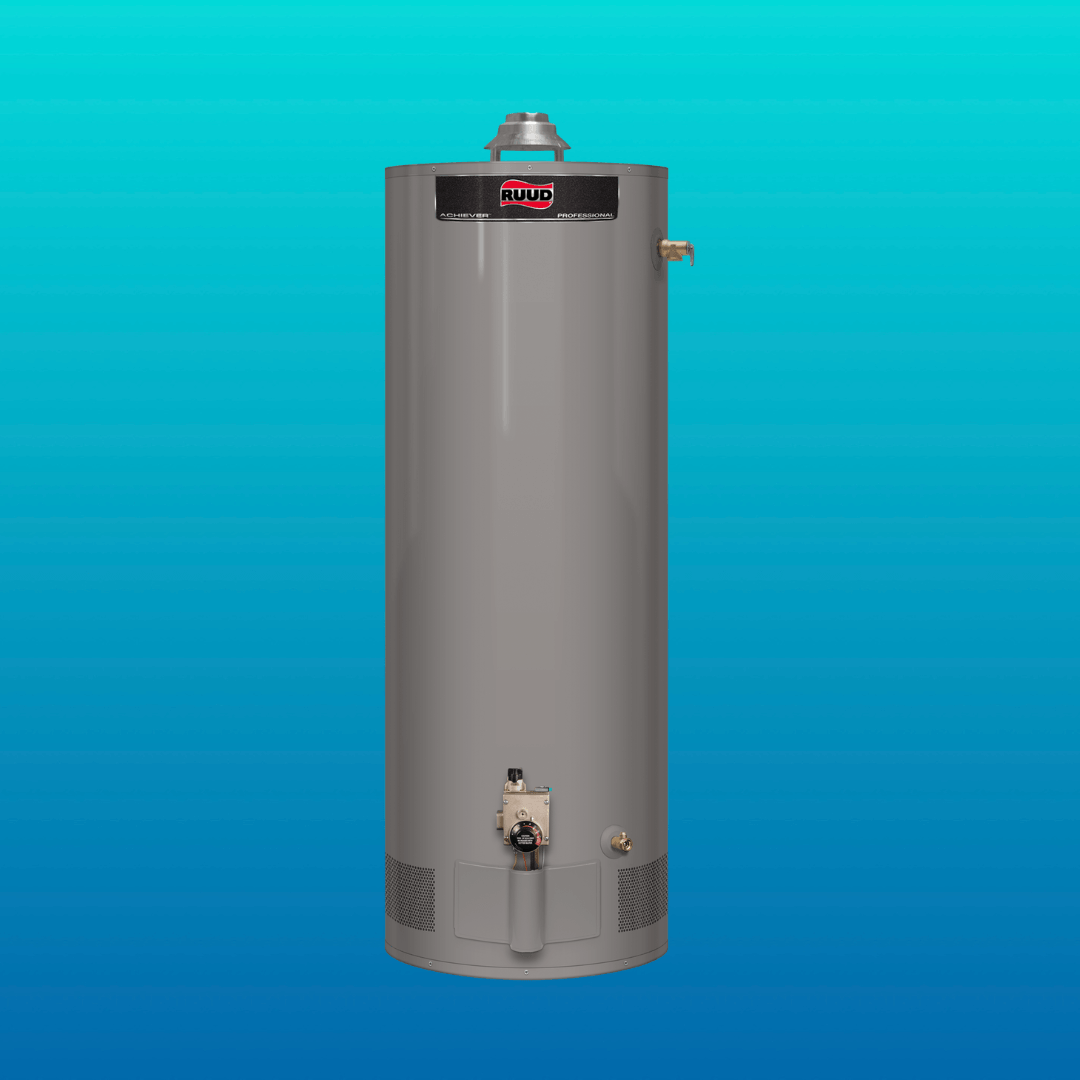
Adjusting the Temperature on a Gas Water Heater
Turn the
gas valve to “Off” before you change the temperature on your gas water heater. The pilot light will go out.
On a gas water heater, you will see a temperature dial on the outside of the unit. The dial may not show exact temperature readings, but it will show temperature indications such as “hot” and “warm”. Generally speaking, you’ll turn the dial counterclockwise to make the water higher and clockwise to reduce the temperature.
Now, you need to relight the
pilot. Most gas water heaters have a push button ignition. To light the pilot, ensure that the valve is set to “pilot” and push the red button. Hold the button down for 30 seconds. When the pilot ignites, switch the valve from “Pilot” to “On”
Gas water heaters tend to heat water more quickly than electric water heaters, but refer to the
first hour rating of the unit in question.
Adjusting the Temperature on a Tankless Water Heater
Tankless water heaters make changing your hot water temperature as easy as changing the temperature of your central air conditioning.
There will be a control panel on the water heater with a digital display and easy to identify up and down buttons for the temperature.
You will not need to turn off power to the water heater before making an adjustment.
After you adjust the temperature, test the water to ensure it’s where you want it. You don’t need to wait to test the water as it’s an on demand unit.
Thinking about upgrading to a tankless water heater? Read our blog "Is a Tankless Water Heater Worth It?"
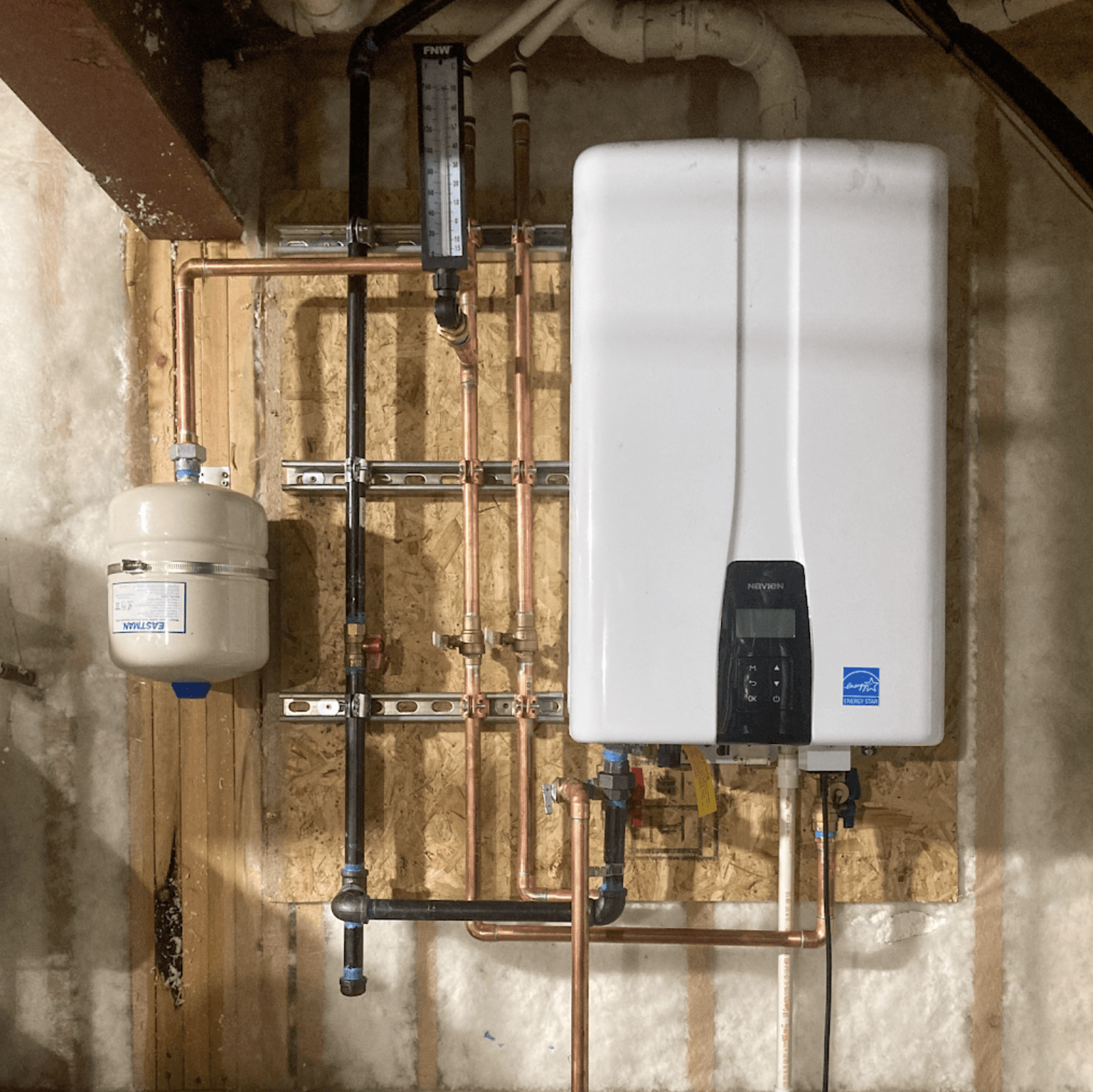
Common Water Temperature Problems
List of Services
-
Inconsistent Hot WaterList Item 1
Do you get hot water sometimes, but other times you notice the water temperature is colder? Does cold water happen more in winter or times of high use? You may need a larger water heater. Talk to your local water heater technician about how to properly size your next water heater.
-
Water Too HotList Item 2
If the water gets too hot, that can mean that sediment buildup is preventing internal sensors from working. While the water feels too hot temporarily, it may suddenly get cold if the extra stress on the heating elements causes them to break down.
-
No Hot WaterList Item 3
If the water doesn’t heat up at all, the gas burner or heating elements may require replacement.
For an electric water heater, start by resetting the unit and checking the power cord for damage. If power to the unit doesn’t seem to be the problem, test the heating elements with a multimeter.
For a gas water heater, check to see if the gas line is damaged. If the gas line has a leak, turn off:
- the gas line to the water heater
- the water heater itself
- the incoming gas to your home (your home's gas shutoff valve)
and evacuate immediately! If you don’t notice a gas leak, check the pilot light. Relight it if it goes out. If the pilot light continues to go out, the thermocouple or sensor may require replacement.
U.S. Water Heating Solutions
Contact U.S. Water Heating Solutions for all of your water heater temperature issues!
When you call, have the following information about your water heater ready:
- Model
- Serial #
- Warranty authorization number (if applicable)
- Error code (if applicable)
Our friendly team will schedule you for
water heater repair to get your water heater temperature consistent again.
Get a quote today!
